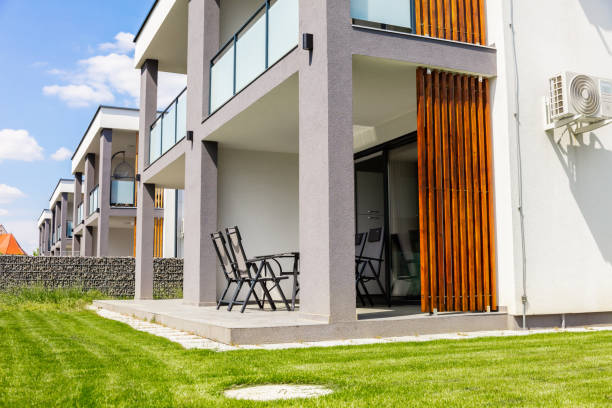Diversifying Your Property Portfolio: A Guide to Various Types of Rental Buildings

As a landlord, the type of building you choose to invest in can significantly impact your success in the real estate market. The diverse buildings available for rental purposes allow landlords to tailor their investments to specific markets, preferences, and financial goals. From traditional single-family homes to multifamily complexes, each type of building has its own advantages and considerations. This guide explores various types of buildings that landlords might consider adding to their property portfolios.
Single-Family Homes
Single-family homes are a classic choice for landlords, providing the advantage of catering to smaller households. These properties are often favored for their simplicity and ease of management. They appeal to tenants seeking privacy and a standalone living experience. Maintenance costs can be lower compared to larger properties, making them an attractive option for first-time landlords.
Duplexes and Triplexes
Duplexes and triplexes are multi-unit buildings that offer a middle ground between single-family homes and larger apartment complexes. These structures typically consist of two or three separate living spaces, making them ideal for landlords who want to dip their toes into multifamily investments without the scale of larger developments. Duplexes and triplexes often appeal to both single tenants and small families. Landlords exploring diverse portfolio property options may consider incorporating duplex designs Australia, offering a middle-ground solution between single-family homes and larger multifamily complexes.
Multiplex Apartments
Multiplex apartments encompass buildings with four or more units. These range from small apartment buildings to larger complexes, offering landlords the opportunity to accommodate a higher number of tenants. The economies of scale associated with larger multifamily properties can result in increased profitability, although managing these units may require more resources and attention.
Condominiums
Condominiums, or condos, are individual units within a larger complex that can be owned or rented. Owning a condo provides landlords with the benefit of community amenities and shared maintenance costs. Renting out condos allows landlords to tap into a market seeking a balance between apartment living and homeownership. However, condo associations may have specific rules and fees that landlords need to consider.
Townhouses
Townhouses offer a balance between single-family homes and condominiums. These multi-level properties are often attached in a row or a block and share some common elements with neighbors. Townhouses appeal to tenants looking for more space than an apartment but less maintenance than a standalone home. Landlords benefit from the potential for higher rent compared to apartments.
Commercial Buildings
For landlords interested in non-residential investments, commercial buildings can be an attractive option. This category includes retail spaces, offices, and mixed-use buildings. Commercial properties typically require different considerations, such as zoning regulations, tenant turnover, and the local business environment.
Vacation Rentals
The rise of vacation rental platforms has made short-term rentals lucrative for landlords. Properties in tourist destinations or urban centers can generate significant income, but landlords must be prepared for fluctuating demand, seasonality, and increased management responsibilities.
Conclusion
The diversity of building types available to landlords allows for a customized approach to real estate investment. The key lies in aligning the chosen property type with the target market, financial goals, and the landlord’s capacity for management. Whether opting for the simplicity of single-family homes or the scale of multiplex apartments, each building type offers unique opportunities for success in the dynamic world of real estate investment.

Comments are closed.